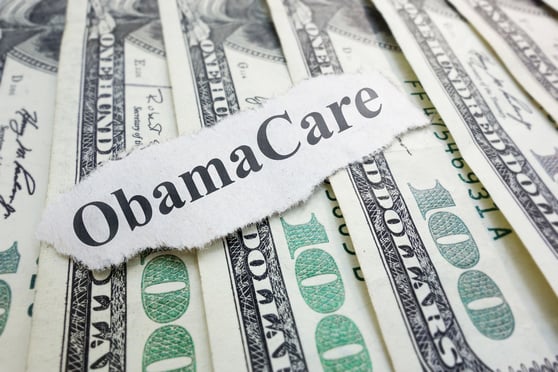There's a reason why people haven't had the “growth versusvalue” discussion in a while. For the past several years, bothinvestment disciplines have tracked fairly closely, if you’re tobelieve the Russell 3000 data. Since the election results, however,things have changed. Disregarding the “whys” behind this for themoment, let's instead focus on the data itself.
|Related: Only certain demographics contribute toIRAs
|The first quarter numbers from Morningstar show this vividly. Onaverage, growth funds beat value funds by just under 5 percent. Thedisparity is more pronounced in the small cap arena, where theaverage growth fund exceeded a 5.5 percent return, while theaverage value fund languished at barely above break-even, afterhaving been down more than 2 percent year-to-day just before thequarter end.
|Such a variance in returns certainly prompts the more thanjustifiable return to a never-ending question of growth versus.value. The prevailing wisdom suggests that, over the long-term,although value does have a slight edge, growth does a good jobholding up its end of the bargain. But a new definition of “risk”reveals unexpected truths regarding this time-honored axiom. Doesvalue really have this so-called edge? Does growth really hold upto this new scrutiny?
|Before we answer that, let's revisit this new definition ofrisk. In the old days, investment professionals focused on standarddeviation. It was easy to calculate, easy to show on a graph and,for the most part, easy to understand. There was only oneproblem—it violated common sense. No one ever really believedexceeding your goal was risky. And they most assuredly rejected thenotion that the greater your realized winnings, the greater yourrisk. There was only one real definition of risk: failing to meetyour goal.
|Related: Surprise! You still need to pay taxes when youretire
|From this evolved the concept of “goal-oriented targets” (GOTs).GOTs focus exclusively on the true fear of every investor: missingyour target. Therefore, in assessing any return analysis, we’vedone away with standard deviations. Rather, we’ve begun to focus onwhat's termed the GOT frequency, i.e., the probability of meetingor exceeding a specific GOT.
|Let's look at growth versus value in terms of GOT. We’ll use theRussell 3000 daily return data for their growth and value indices(for rolling 5-year periods ending from May 30, 2000 through March31, 2017). We find that the GOT frequency for a GOT of 0 percent(i.e., the index has a positive return) is 84 percent for value and72 percent for growth.
|Yes, that's an advantage for value, but no one will reallycomplain about growth. More revealing is the GOT that yields a GOTfrequency of 50 percent, which implies half the returns are lessthan the GOT and half are more; aka, the median of all rollingfive-year returns. For the value index, that GOT is 7.14 percent (anod to Babe Ruth?). For the growth index, that GOT is 4.20percent.
|Related: The rich are living longer and taking more fromtaxpayers
|The GOT analysis shows, on average, value performs roughly 3percent better than growth. Hmm, maybe old Ben Graham was on tosomething after all.
Complete your profile to continue reading and get FREE access to BenefitsPRO, part of your ALM digital membership.
Your access to unlimited BenefitsPRO content isn’t changing.
Once you are an ALM digital member, you’ll receive:
- Critical BenefitsPRO information including cutting edge post-reform success strategies, access to educational webcasts and videos, resources from industry leaders, and informative Newsletters.
- Exclusive discounts on ALM, BenefitsPRO magazine and BenefitsPRO.com events
- Access to other award-winning ALM websites including ThinkAdvisor.com and Law.com
Already have an account? Sign In
© 2024 ALM Global, LLC, All Rights Reserved. Request academic re-use from www.copyright.com. All other uses, submit a request to [email protected]. For more information visit Asset & Logo Licensing.








